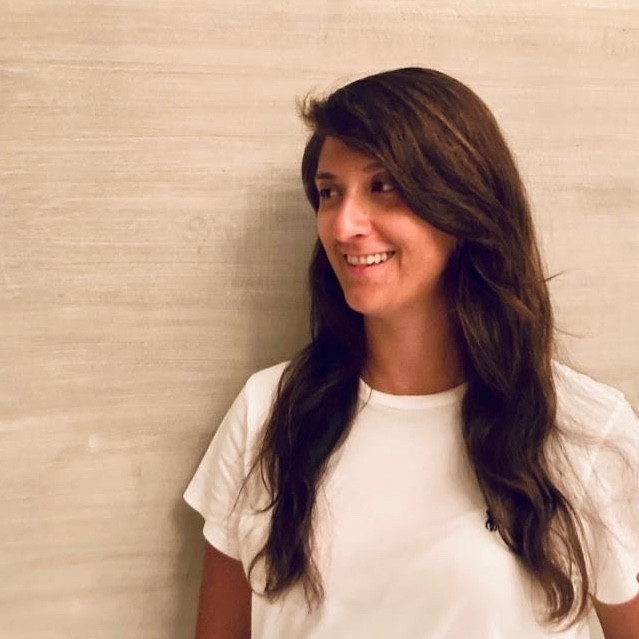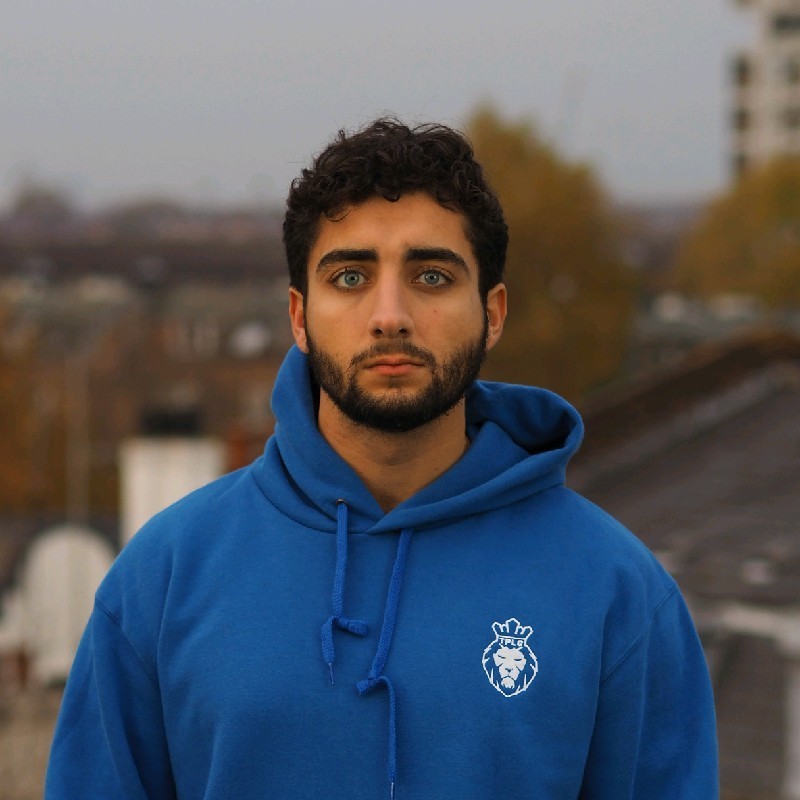Sep 1, 2022
Introduction
The spread of blockchain, Distributed Ledger Technology (DLT) applications, Tokenisation and their use in financial markets facilitate the exchange of assets without the need for a central authority or intermediary.
However, the tokenization of assets is emerging not only in the financial markets. Other emerging areas are commodities, real estate and artworks.
Tokenization of assets
The tokenization of an asset is the creation of digital tokens on the blockchain representing that asset.
A token is therefore a digital representation of a real-world tradable asset.
However, the tokenization of real assets involves much more than simply tracking data on DLTs, and the execution of a transaction on DLTs have real-world legal effects, such as the transfer of ownership.
The tokens issued exist on the blockchain and also carry with them the rights on the assets they represent, acting as a store of value. The assets for which the tokens are issued continue to exist in the real world and, in the case of physical assets, these would typically need to be placed in custody to ensure that the tokens are constantly backed by these assets.
Any asset can be tokenized and the rights on that asset be represented on a DLT. However, different regulatory obligations may apply in different markets.
The common benefits of asset tokenization are improved liquidity, enhanced accessibility, better transparency, and transaction efficiency: trading transactions complete in seconds rather than in hours or even days.
It is estimated that the total tokenized asset market is going to reach $7766.87 million by 2028 with a CAGR of 22.57% from 2021 to 2028.
Real estate
Real estate is a major use case for blockchain technology.
In fact, tokenizing of real world assets is part of the strategy of many institutions. A key reason is that it adds improved levels of liquidity to an illiquid industry.
Fractional ownership of properties democratizes access to real estate investment, and therefore distributes and minimizes the risks and labor involved with owning a property.
Moreover, companies facing difficulties raising capital for real estate development due to high banking interest rates and complexity of the process, can leverage tokenization.
Similarly, monetizing real estate when only a tiny proportion of people can afford to buy a house can be done by enabling fractional property through tokenization. In fact, a single property represented by tokens can be owned by thousands of investors.
Tokenization is therefore an excellent alternative to traditional ways of real estate fundraising.
One of the first cases of real estate tokenization was a luxury apartment building in Manhattan worth $30 million that was tokenized on the Ethereum network.
Similarly, in Baar, Switzerland, 20 percent of the 'Hello World' property, valued CHF 3 million, was tokenised by a Zug-based company and sold to investors.
Commodities
Tokenization of real-world assets gives investors a chance to securely trade the whole or a fraction of the commodities they own. At the same time, asset-backed cryptocurrency mitigates volatility and offers a stable and trustworthy investment opportunity.
Tokenization means that commodities such as oil, gas, gold, silver, and other precious metals are digitized and assigned the amount of cryptocurrency that corresponds to the real-world monetary value of the commodity in question.
While for some commodities such as gold the market is rather liquid, other commodities are almost exclusively traded by larger corporates via bilateral agreements. In these cases, tokenization can eliminate the entry barriers and open market access to smaller participants.
Taking gold as an example, the transaction management based on the blockchain increases transparency regarding both transactional and issuer data. That means also improved traceability and allows a user to review the history of all transactions related to the asset.
Additionally, thanks to smart contracts, tokenized gold is easy to trade and convert.
Proof of origin is also a highly important aspect when investing in gold. When tokenized, all the data about gold is added to the distributed ledger. Thus, all stages of the supply chain can be traced: from the place of origin to transportation and processing details.
Gold tokenization also encourages asset fractionality and attract more small and retail investors, not only large institutional investors and funds.
Art
Blockchain technology is also important for the art market. One of the ways is through the process of tokenization of artworks.
Tokenization consists of the fragmentation (or securitization) of a single work into several virtual parts, represented by tokens.
Artworks tokenization allows the sale of a single work in small ownership shares, a liquid art market aimed at the general public, a lower investment threshold, with less risk.
The first experience of tokenization applied to art was in June 2018. Andy Warhol's painting '14 Small Electric Chairs' was tokenized with sales of 31.5% shares corresponding to €1.7 million.
Conclusions
With the help of blockchain technology, commodity assets can be tokenized. Tokenization means the digitalization of assets. In the tokenization process, the asset is stored on a blockchain and can be easily traced, transferred, and traded.
This can be applied to any kind of asset, from financial products to real world assets.
The benefits of asset tokenization are improved liquidity, enhanced accessibility, better transparency, and transaction efficiency.
This is why companies, institutions and investors see tokenization as a strategic development of their business.
_____
Contact Us for more about Tokenization of assets
About the Author
Beatrice attended a Bachelor's degree in Italian Language, Literature and Civilization and got her Master's degree in 2020 at the Institute of Italian Studies of the University of Italian Switzerland (USI) in Lugano. Next to her humanistic education and passion for art history, she develops a personal interest in the field of communication and content creation, which she deepens in 2021 by attending a social media marketing training course. Since 2020 she has been part of the BrightNode team as a content writer.










